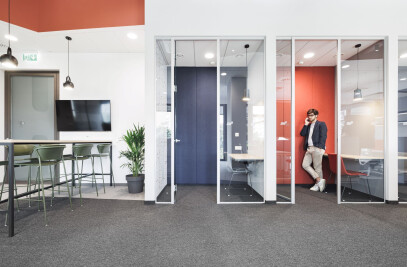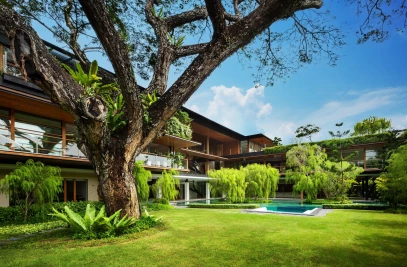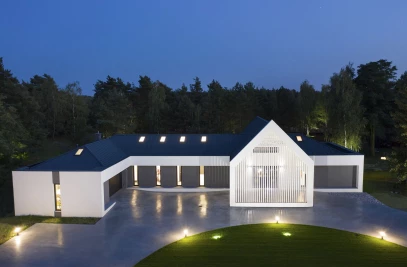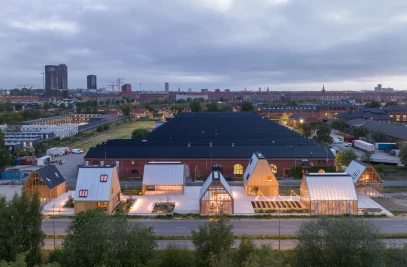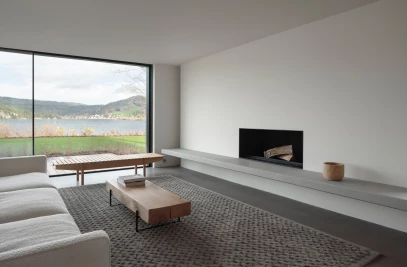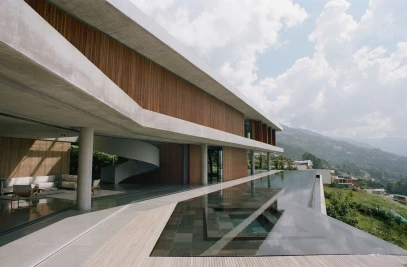Today hemp is used to manufacture products ranging from clothes to biofuel. It is also being increasingly used in the green building industry thanks to its carbon negative properties. Furthermore, when left exposed, the material can create a warm, textured surface. Many architects and designers are thus experimenting with hempcrete.

First developed in France in the 1980’s Hempcrete is a biocomposite material made from a mixture of hemp and lime. The inner woody core of hemp plants is mixed with lime or clay as a binding agent. The fibrous consistency that results has demonstrated improved ventilation, fire-resistance and temperature regulation as compared with traditional concrete. (Though as a drawback it does not offer the same load-bearing capabilities and cannot be used below ground).

In addition to performance, the green credentials of hempcrete are also well worth consideration when compared with traditional concrete. Known as one of the world’s most common, yet perhaps unsustainable building materials, concrete takes up approximately one-tenth of the world’s industrial water production and produces 2.8 billion tons of carbon dioxide per year. Further, once complete, concrete buildings absorb and retain heat, thus contributing to rising urban temperatures (i.e. heat island effect).
By contrast, hemp absorbs airborne carbon while it grows as a crop. Better yet, it continues to absorb greenhouse gases after it is harvested and transformed into a building material.

Examples of buildings constructed with hempcrete include a house in Belgium by MVC Architecten. Looking from the outside the Belgian country house manifests itself as a robust building, insulated with a thick layer of hempcrete that blends with the rich strata of the surrounding landscape. This thick hempcrete layer is perforated with wooden block framed windows. Inside, hempcrete walls lend to a warm and smooth, yet interestingly textured finish.
The house is self-sufficient in its demand for energy, water and heating.





























